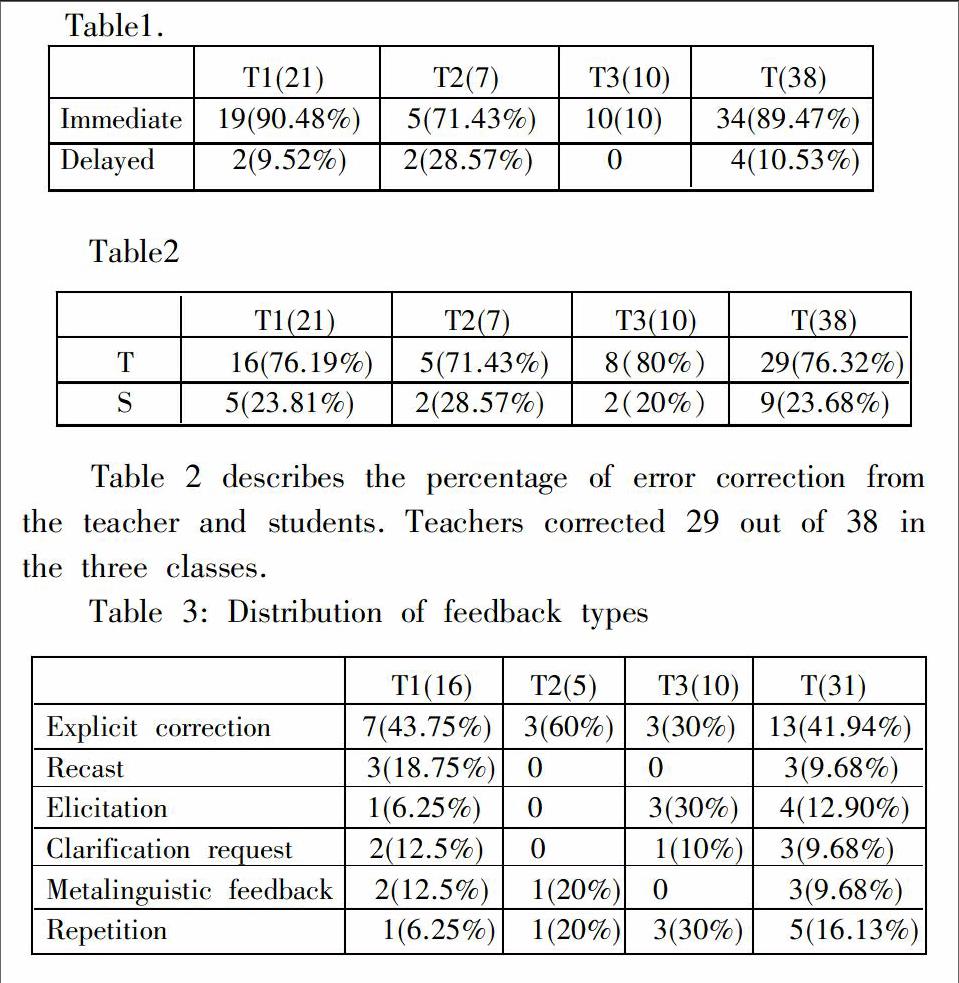Complexity in Chinese EFL Learners’ Writing
2015-11-24张婷
张婷

Abstract:Complexity is an essential dimension of linguistic proficiency. However, studies show that the complexity of English writing gets little attention and remains at a low level. This article analyzed the possible reasons why it is the case. At the end of this paper, some solutions are listed according to the analyses.
中图分类号:H319 文献标识码:A 文章编号:1672-1578(2015)11-0007-01
1 Introduction
Complexity is one dimension of linguistic proficiency model (Skehan, 1996). It concerns the elaboration or ambition of the language that is produced and reflects learners preparedness to take risks and to restructure their interlanguage. It mainly consists of lexical and syntactic complexity. It could reflect students ability of handling language forms to certain extent.
In China, complexity has got little attention. Researches show that it is dissatisfactory. Wang(2011) investigated the writing from CET 4, and found that 98.5% of the words were among the most frequently used 2000 words in Laufer and Nations(1995) LFP. Besides, Gong (2012) found out that after one years learning, students did not use more diverse words. However, the lexical complexity of low-proficiency learners declined. Meng (2014) compared the academic articles written by Chinese scholars and native speakers. It showed that Chinese scholars used much less clauses.
2 Analysis of the problem
According to Skehan and Fosters (2001) Limited Attentional Capacity Model, Learners are hard to focus simultaneously on all three aspects of language production and will prioritize one. In China, both teachers and students put much emphasis on accuracy. During the exam, most students choose to write accurately and fluently, not complexly
Krashens (1982) Input Hypothesis states that acquisition occurs only when input is comprehensible and enough. The low complexity can be caused by both incomprehensible and insufficient input. Teachers dont provide proper input to increase complexity. Students dont know their current complexity and cant figure out proper input. They dont want to memorize new words.
Anxiety can also affect L2 acquisition. It is good to have proper anxiety. However, when students are too anxious, their language output may be negatively affected. They dare not use diverse words and sentence structures.
Skeha(1998) suggested that production can force syntactic processing and test out hypotheses about the target-language. However, students have little chance to test their use of new language.
Research, such as Lu and Sun (2009) showed that task complexity and type have effects on complexity. Therefore, if teacher keep designing one form of writing task and students get used to it, their awareness of complexity will decline, and may not change as tasks vary.
3 Solutions to the problem
The very first step is to tell them what it is and its relationship with L2 acquisition. Let students know that complexity is an essential measurement of L2 production.
Find out their current linguistic complexity, and then expose the students to their ‘i+1 input. Students can read much more native books or articles. Find out the difference between writing of native speakers and their own. Revise what they have acquired and make them into long-term memory.
Pushed output is necessary to know what the EFL learners is going on with their interlanguage. Teachers can create an atmosphere where learners feel free to use various words and structures. Ask students to have a dynamic assessment of their complexity.
Design writing tasks of different complexity and type. Get students used to them and find out the different complexity level when they are doing different tasks.
4 Conclusion
Complexity, as one dimension of linguistic production, is of great importance. However, studies investigating this aspect show that complexity of Chinese EFL learners remains at a low level. Teachers should take pains to raise students awareness of complexity and figure out various ways to achieve it.
References:
[1]Krashen, S. Principles and Practice in Second Language Acquisition [A]. Oxford: Pergamon,1982.
[2]Laufer, B, Nation, P. Vocabulary size and use: lexical richness in L2 written production [J].Applied Linguistics, 1995 (16): 581-587.
[3]Skehan,P.A framework for the implementation of task-based instruction [J]. Applied Linguistics,1996(1):55.
[4]Skehan, P. Task-based Instruction[J]. Annual Review of Applied Linguistics,1998(18):268-86.
[5]Skehan,P.Foster,P.Cognition and tasks[A].In P.Robinson(ed.). Cognition and Second Language Instruction[C].New York: Cambridge University Press,2001:183-205.
[6]龚芳芳.高职学生英语作文词汇多样性发展变化研究[J].长江大学学报(8),2012.
[7]卢力,孙云梅.不同任务复杂度任务中英语口语产出复杂性研究[J].College English (2),2009.
[8]孟佩.基于语料库的中西学者句式复杂性从句对比研究[J].
College English (2), 2014.
[9]汪顺玉.大学英语四级写作样卷的词汇复杂度分析[J].重庆邮电大学学报(6),2011.